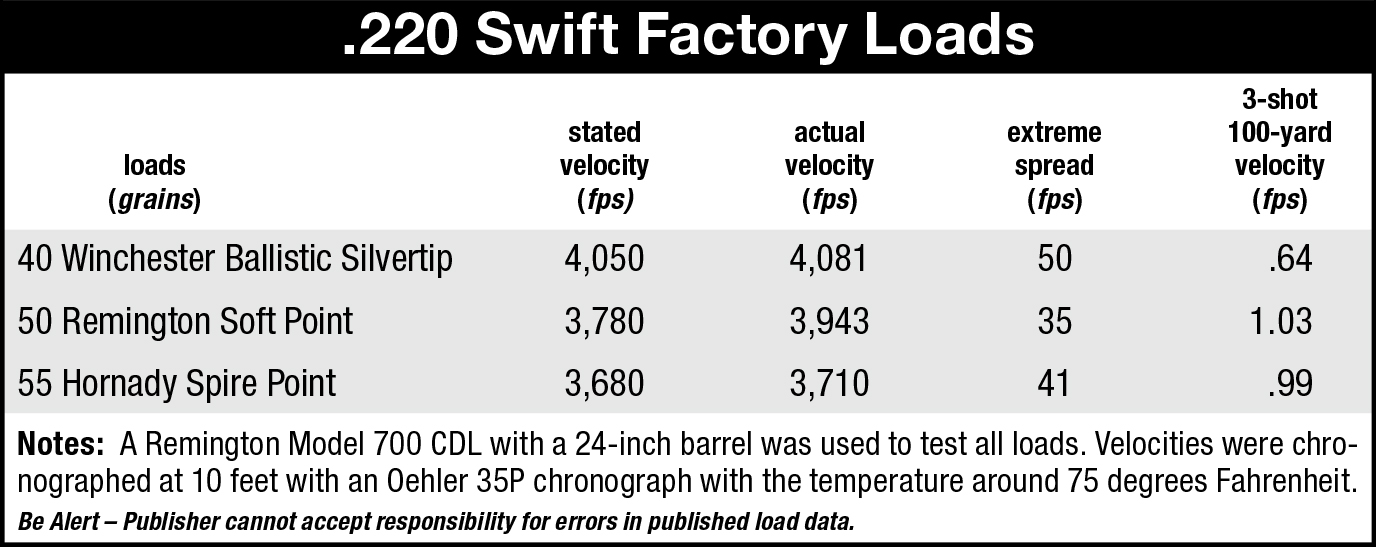Repurpose That Rifle!
other By: Stan Trzoniec | January, 26
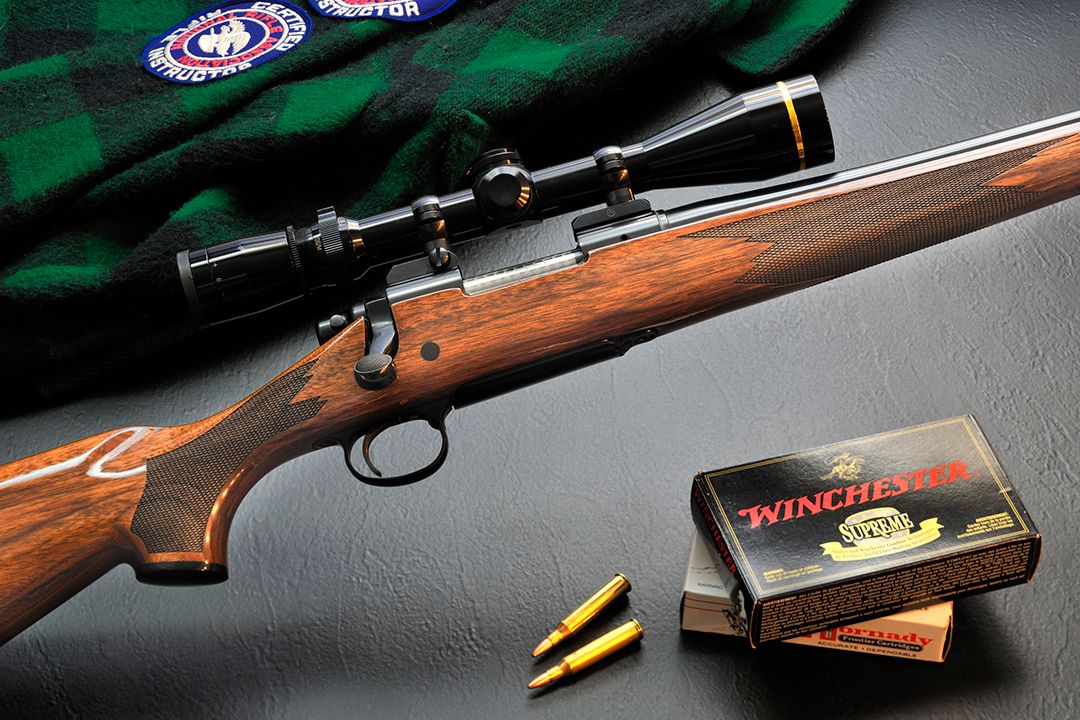
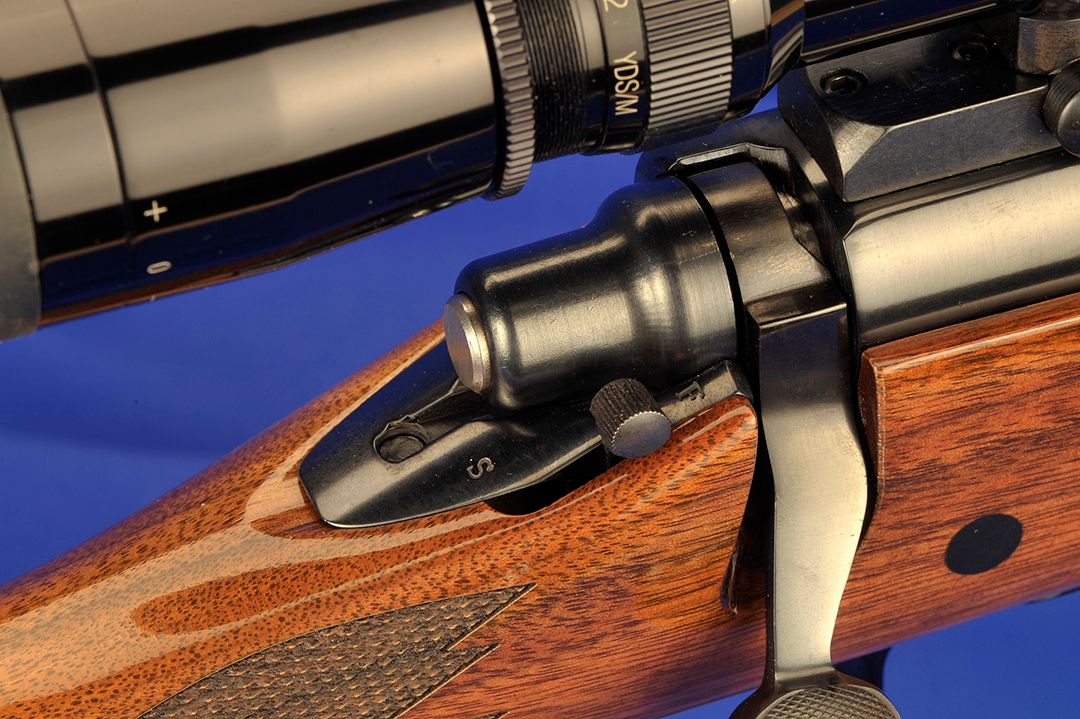
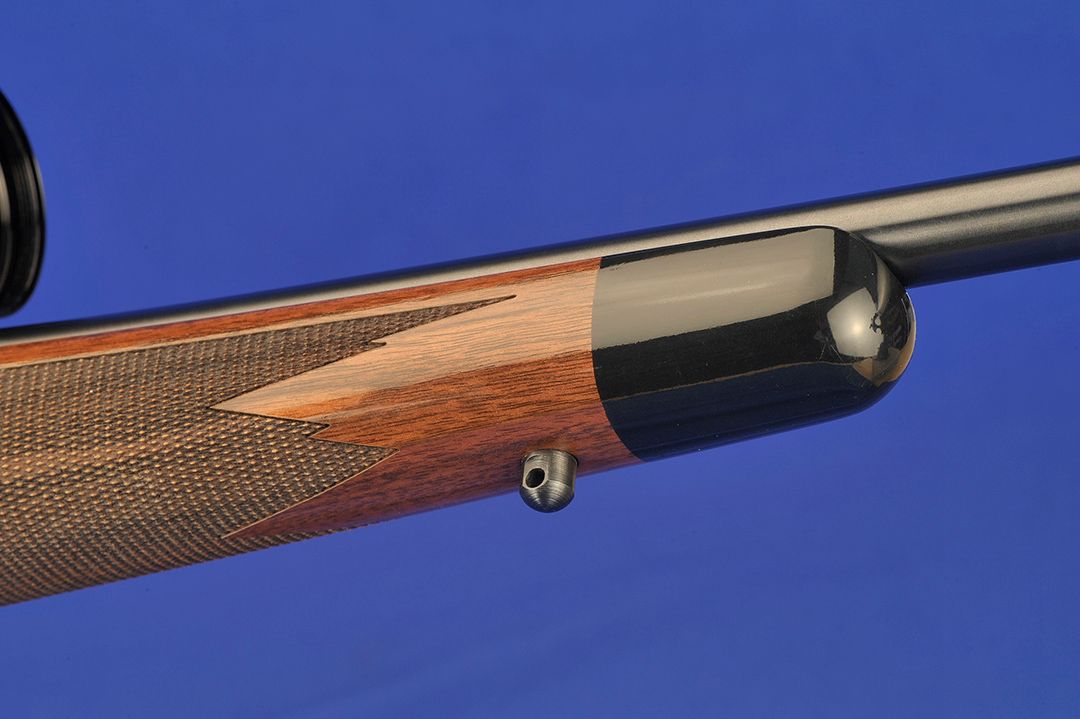
The caliber? Seems like at the time it did not matter that much as I was smitten by the compact Model 700 short action in 7mm/08, clean stock, or perhaps by the new scope the owner just installed and bright metalwork, but maybe we can use it on a future hunt. Seems that day never came, so there in the corner of the safe it sits. Looked great at the show, not so good at home after a few years, but wait, there is life after storage and lack of attention. It makes me think, why did I buy that rifle anyway?
While the 7mm/08 Remington is a good cartridge, in the end, it never did fit my life or hunting style as I have others that I like for my favorite type of western hunting with smaller, faster cartridges like the .25/06 Remington or the .257 Weatherby. Then again, with summer coming up, smaller calibers in the .22 caliber category started to enter my thoughts. Looking at that lonely rifle in the corner and thinking what I was missing in my small-game battery, I struggled to find a suitable replacement, but it soon came to light. The cartridge of choice was the .220 Swift, a cartridge I had chambered in a number of rifles but trading up and down, soon found me without this famous cartridge in my gun rack, but more on the cartridge a bit later.
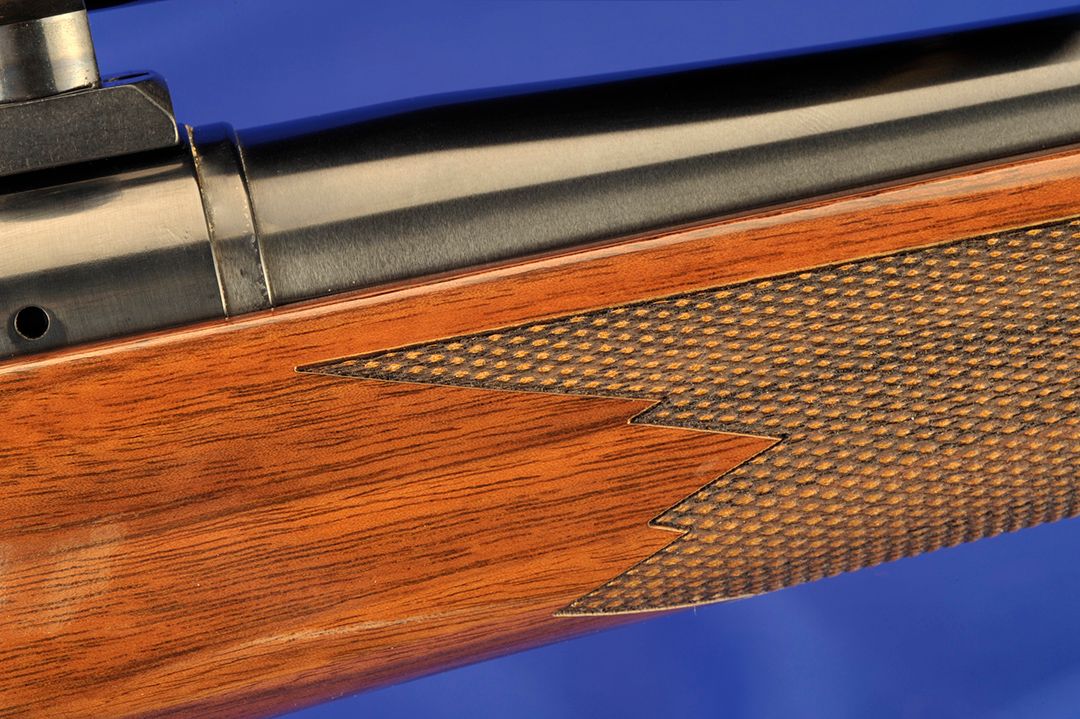
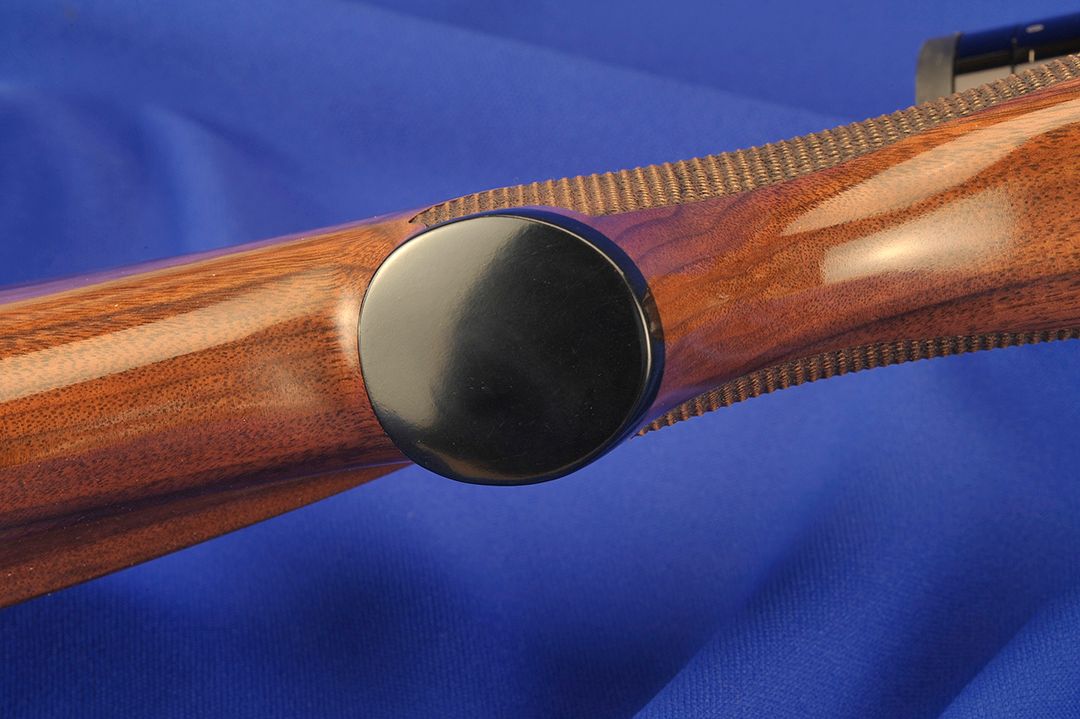
To upgrade the action and the new cartridge, the CDL stock was ordered from Stocky’s (newriflestocks.com) and according to them, Remington profiles the stocks for them on a routine order basis. They have dozens of patterns to fit just about any rifle, and with the CDL version, there are 13 selections ranging from mild to wild in walnut, semi-fancy wood and a wide range of laminates. All of the stocks are made to fit short or long actions, and with sporter or magnum barrels, all you have to do is specify this when ordering. With the walnut versions, there is a choice of satin or glossy finish, I picked the latter as it not only looked better, but it also brought out the grain and color of the wood. The action fit in perfectly, but needed a set of thin washers at the floorplate to snug up the whole rig to perfection.
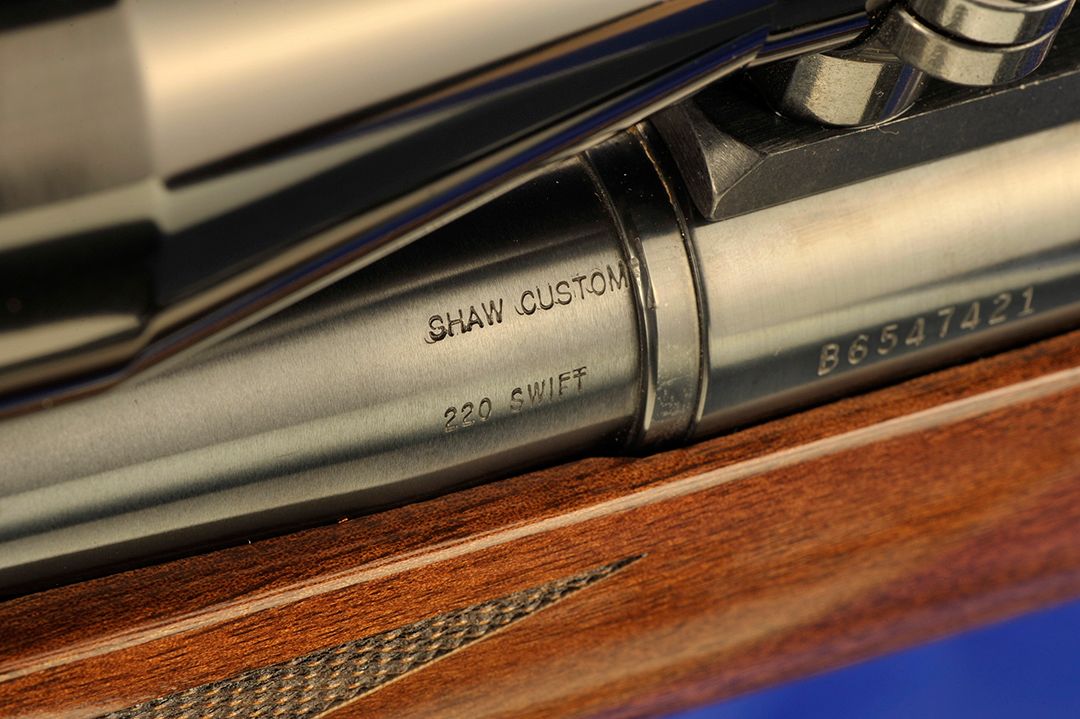
From here, everything is commonplace. The comb of the stock is perfect for scope use; there is a mildly executed cheekpiece, a black pistol grip cap is installed with sling swivel studs front and back for field use. Finishing up, Remington’s proprietary Super Cell recoil pad has been carefully installed – not that it is needed with the .220 Swift – but installing it on every stock from the .22 to the .458 saves money in the end for all. The inletting is close all around with the barrel channel having a pressure point forward of the receiver and one directly behind the forend tip, the barrel does free float between these two points.
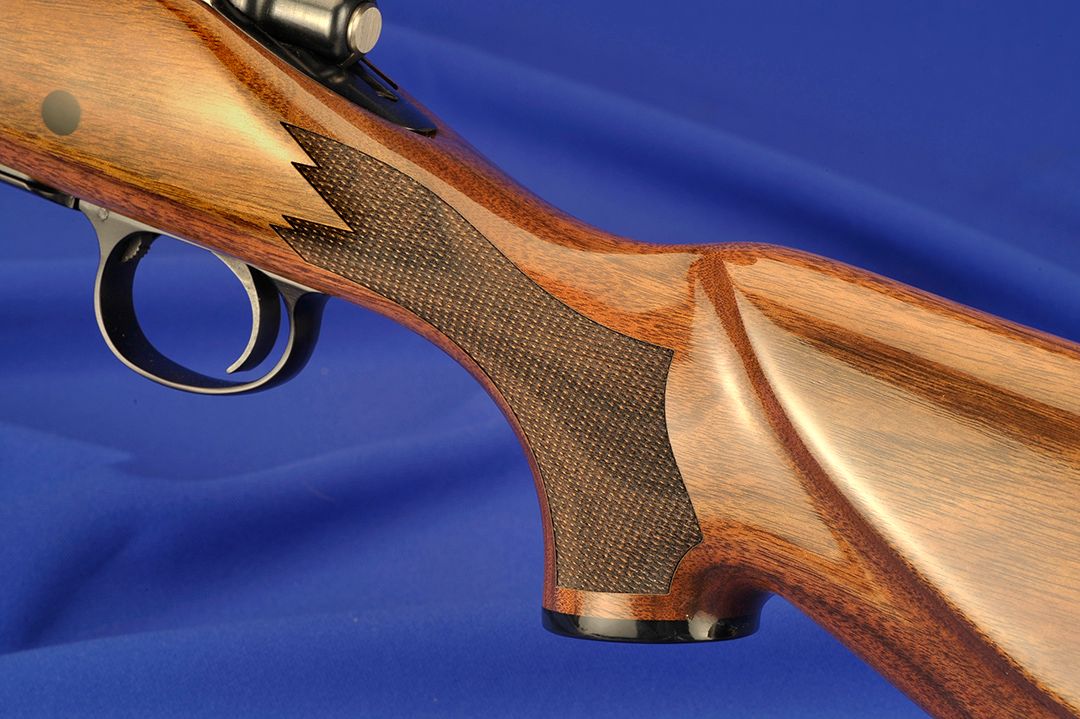
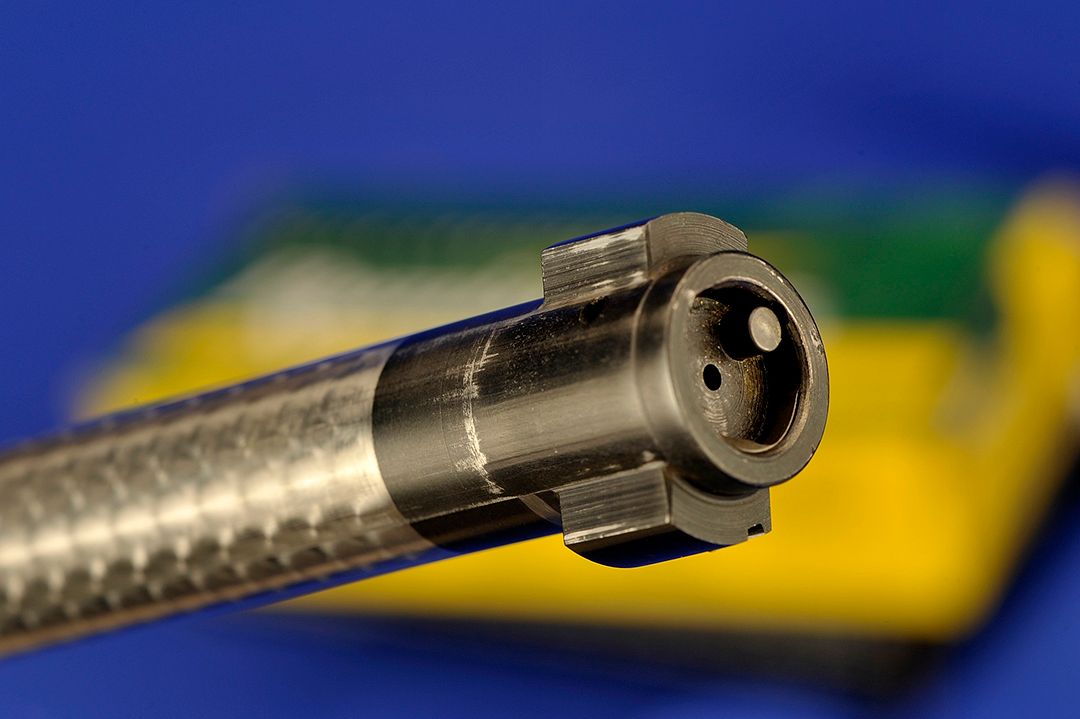
The safety is mounted on the right side of the gun behind the bolt handle and requires a simple back and forth (two-position) motion for operation. When on safe, the shooter can open the bolt to load or unload a single cartridge, which is especially nice for one shot kills on varmints. Finishing up the action details, I adjusted the trigger to a crisp 2.5 pounds.
To get this rifle to handle the .220 Swift, the action was sent to Shaw Custom Barrels (shawcustombarrels.com) for a complete refit of the barrel from the 7mm-08 to the Swift. When rebarreling a gun for another cartridge, it’s important to check to see if the rim diameter is the same from one to the other, eliminating the expense of machining or even refitting a new bolt or bolt face during the process. In my case, both the 7mm-08 and the .220 Swift had a rim diameter of .473 inch, so the conversion was simple and included only a new barrel. To this end, I ordered a 24-inch barrel with a 1:14 twist with the same contour as the old version to fit without effort into the new stock. With a muzzle diameter of .670 inch, polished and blued to match the receiver, I was now the proud owner of a “new” rifle in the .220 Swift. To complete the picture, I mounted a Leupold VX-3 3.5 to 10x scope all settled down in Browning high gloss, medium height rings and Leupold two-piece bases, making this a perfect walking varmint rifle for my needs.
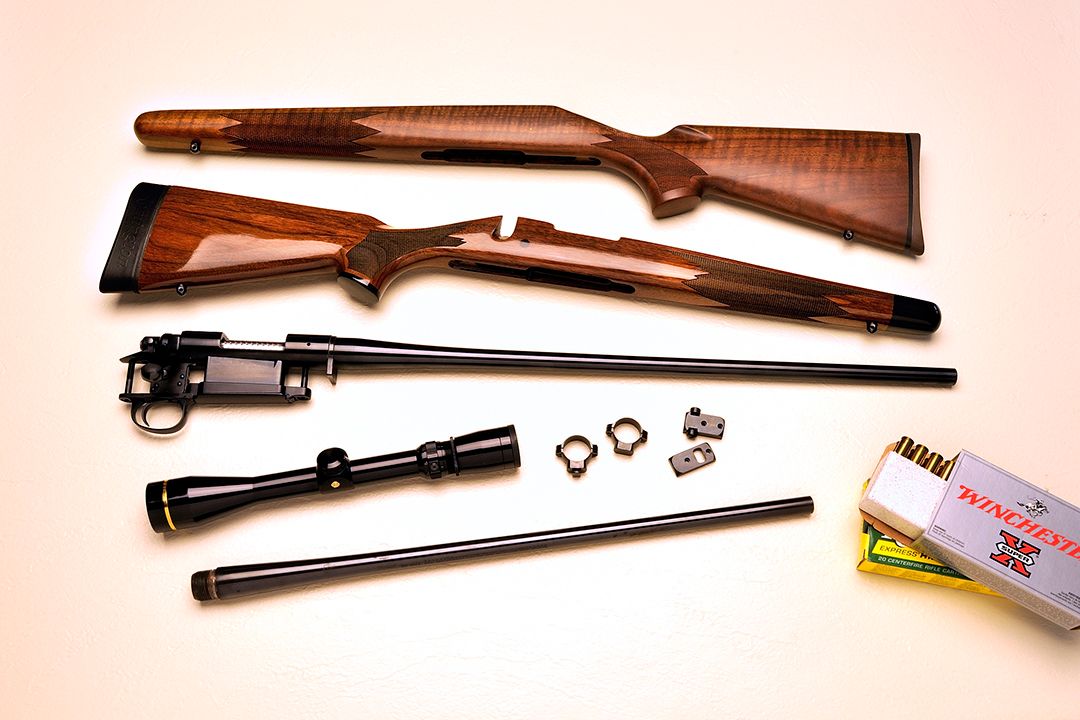
When it came to the Swift, over time, I had rifles from Sturm Ruger in the form of their classic No.1, a Ruger M77 bolt gun, followed by the H-S Precision Model 2000, a Savage Model 112 and even a very fancy and accurate Remington 40-XB Target rifle, all with great results. I even tried it in the ill-fated Remington EtronX rifle, accurate for sure but never – like others – never cared for a rifle, which depended on a battery to fire the gun despite the super-fast lock time and special primers. So why did I trade or send back these guns if I was so hooked with the Swift? I guess it boils down to the so-so reputation of the Swift over the years, and over time I was out to prove all the bad hype was just that – bad hype.
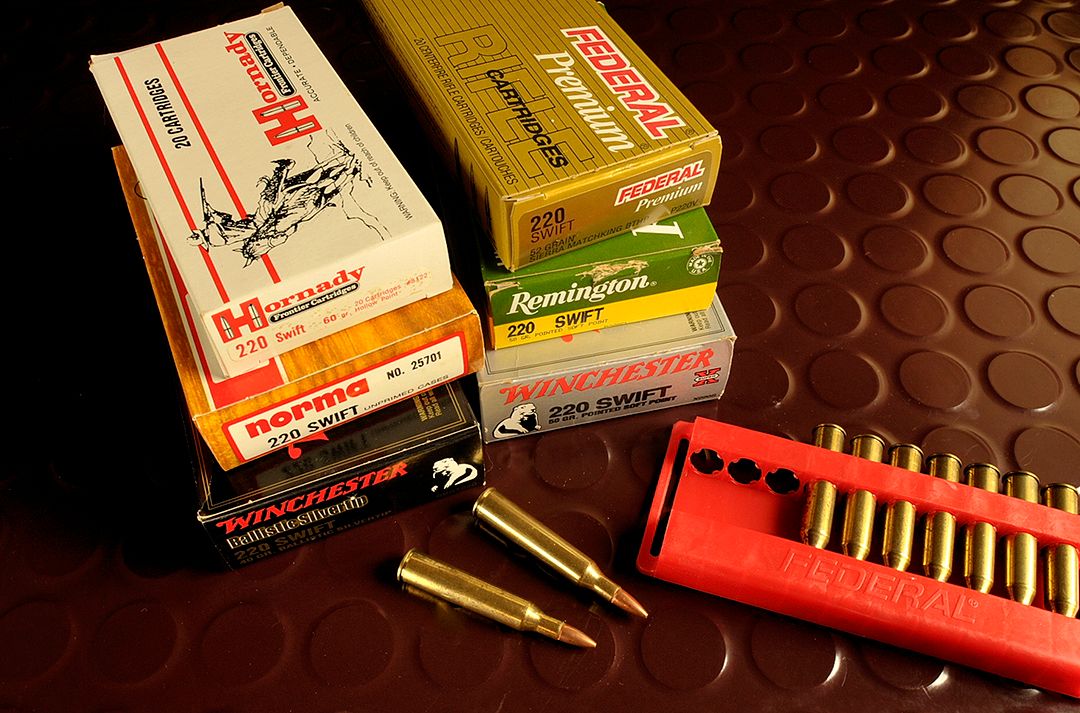
History is always good to look back on and with the Swift, we can start over 80 years ago when to me, the golden age of new cartridges, rifles and powders were starting to emerge for the shooting sports. For example, in 1935, F.C. Ness praised C.L. Wotkyns for taking the .250 Savage case, necking it down to .22 caliber and got it to reach (at that time) 4,000 feet per second (fps). Still later, Harvey Donaldson of the .219 Donaldson fame, put in his two cents in by claiming that he and Townsend Whelen were also involved in the development of the Swift. With more data compiled, all this was sent to Winchester for introduction in the Model 54. In the end, formed from the 6mm Lee Navy case, the Swift with a sharper shoulder with less body taper and finished off with a 45-grain bullet; it did reach the then unheard of velocity of 4,000 fps.
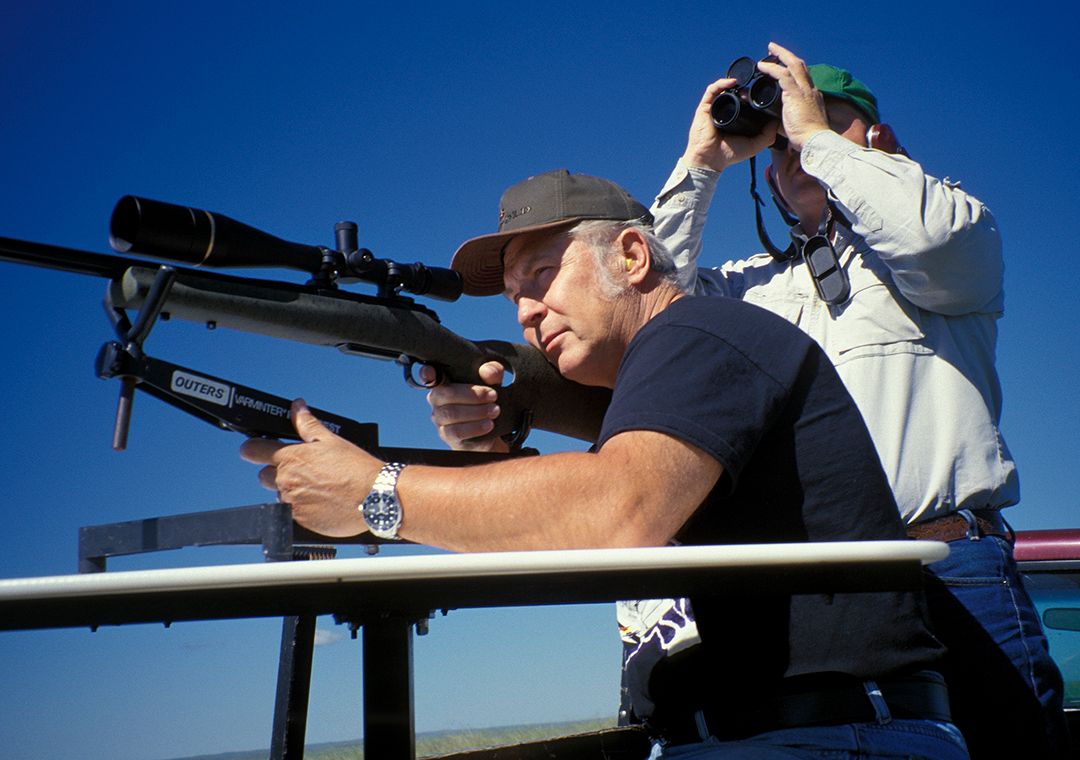
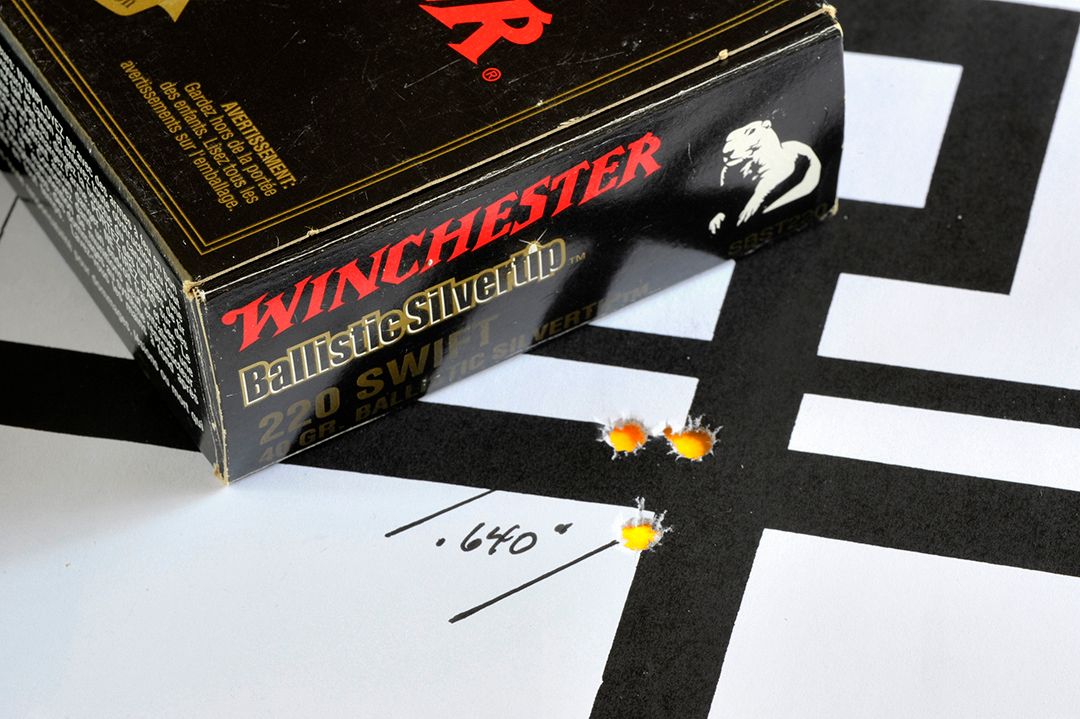
Still another negative was that the Swift was hard on case life. Granted, brass will flow and trimming will be necessary. Last, the big deal about Swift accuracy has been brought up, but serious handloaders can work around that. I did, and settling in with 37.1 grains of IMR-4064 powder and most any brand of a 55-grain bullet groups hardly ever ran over 5/16th of an inch if I did my part. With this gun, and before I got into serious handloading, I went to the range with factory ammunition to break-in the barrel with the results included in this article.
Looking back, I am happy with this project of combining a new barrel for a favorite cartridge and combining it with a new stock from the fine folks at Stocky’s. Everything was smooth, and as usual, I was not disappointed with the gun or ammunition. To me, the Remington Model 700 teamed with the CDL stock is one handsome combination due for even more success with the shooting population. With the new chambering in .220 Swift, factory ammunition proved this gun to be a winner as I move into the summer months and handloading. If it is anything like past rifles, I look forward to my time afield glassing the North 40 for the elusive chuck.
